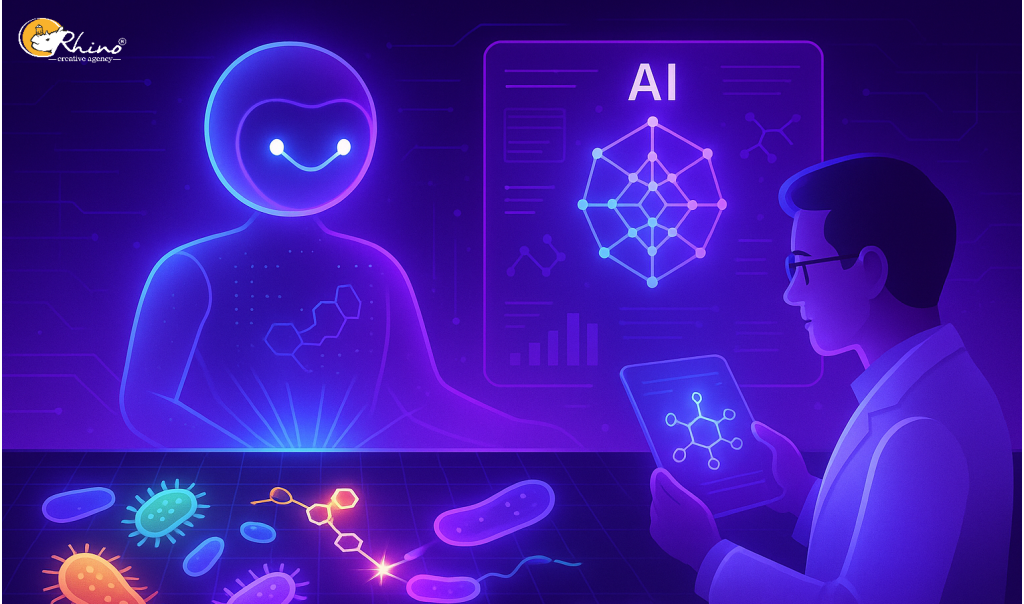Here’s a polished essay-style report on “How Generative AI Can Improve Patient Care”:
How Generative AI Can Improve Patient Care
Introduction
Healthcare systems around the world face growing pressures: aging populations, rising costs, clinician shortages, and the complex demands of modern medicine. To meet these challenges, Generative Artificial Intelligence (AI) has emerged as a transformative technology. By creating human-like text, images, and insights from vast datasets, generative AI has the potential to reduce clinician burden, improve diagnostic accuracy, personalize treatment, and expand patient access to care. Far from replacing doctors, it can act as a powerful partner, enabling healthcare professionals to deliver better, faster, and more compassionate care.
Reducing Administrative Burden
One of the most immediate benefits of generative AI lies in reducing the heavy paperwork load in healthcare. Clinicians often spend hours on documentation, billing, and coding—time that could be devoted to patients. AI-powered scribes can transcribe conversations during consultations and automatically generate structured clinical notes, discharge summaries, and insurance forms. This not only saves time but also reduces burnout among medical staff. By streamlining these tasks, AI allows doctors and nurses to focus on building stronger connections with their patients.
Enhancing Diagnostic Accuracy
Generative AI can improve diagnostics by analyzing complex medical data more quickly and accurately than humans alone. In medical imaging, for instance, AI systems can detect subtle anomalies in X-rays, MRIs, or CT scans that may be overlooked. In the United Kingdom, stroke units using AI analysis tools have already reported faster diagnoses—over an hour quicker than human doctors—leading to improved survival and recovery rates. By acting as a second set of highly trained “eyes,” AI empowers clinicians to make more informed, timely decisions.
Expanding Patient Access and Engagement
Beyond hospitals, generative AI is transforming patient access to care. AI-driven chatbots and virtual assistants can answer common questions, schedule appointments, provide medication reminders, and even deliver guidance in local languages. This reduces barriers for patients in underserved or rural areas. In oncology, for example, multilingual AI chatbots are helping patients better understand treatment options, side effects, and follow-up care. Moreover, remote monitoring tools powered by AI can track chronic conditions and alert providers when early warning signs arise, enabling proactive interventions.
Personalizing Treatment and Research
Generative AI thrives at analyzing large, complex datasets, making it a valuable tool for personalized medicine. It can identify patterns in genetic data, lifestyle factors, and medical history to suggest customized treatment plans. In research, AI accelerates clinical trials by identifying suitable participants, analyzing trial data, and even generating synthetic patient data to safeguard privacy. This accelerates the discovery of new drugs and therapies, ultimately bringing innovations to patients faster and more safely.
Cost Reduction and System Efficiency
Healthcare costs continue to rise, and generative AI offers potential solutions. By automating administrative workflows, predicting patient admissions, and optimizing resource allocation, AI reduces inefficiencies and lowers expenses. Some studies estimate that AI-driven preventive care and operational efficiency could save billions annually in large healthcare systems. Importantly, these savings can be reinvested into improving patient care and expanding services to more people.
Ethical Considerations
Despite its promise, generative AI also raises ethical challenges. Bias in training data can lead to unequal treatment across different patient populations. Transparency, data security, and regulation are essential to ensure that AI tools are used safely and fairly. Most importantly, AI should be seen as a supportive tool—not a replacement for human empathy, judgment, and accountability in healthcare. Successful integration requires collaboration between technologists, clinicians, and policymakers to balance innovation with patient trust.
Conclusion
Generative AI has the potential to revolutionize patient care. From easing the paperwork burden to improving diagnostics, enhancing engagement, personalizing treatment, and reducing costs, it addresses many of the most pressing challenges in healthcare. However, its benefits will only be realized if implemented responsibly and ethically, with a clear focus on supporting—not replacing—the human touch in medicine. When used wisely, generative AI can help build a future where healthcare is smarter, more efficient, and, most importantly, more patient-centered.

